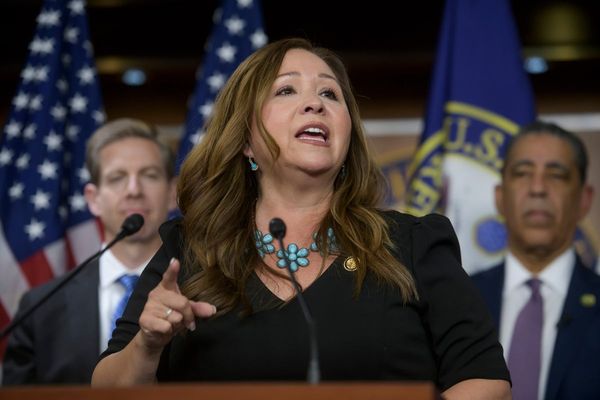Managing dust in cities is crucial for public health, comfort, and appearance. Urban areas face specific challenges with dust due to activities like construction, road work, and natural events. Dust isn't just bothersome; it can harm air quality and health. Therefore, good dust control strategies are essential. Tackling dust not only helps keep the air clean but also improves the quality of life for residents.
As cities grow, it's important to think about how to implement effective dust management practices. Here are some ways to create a dust-free urban environment.
Regular Maintenance
Keeping city streets and sidewalks clean is key to preventing dust buildup. Regular street sweeping is a highly effective way to maintain cleanliness. Cities can benefit from scheduled cleanings that remove debris, leaves, and dust before they go into the air. Many towns use mechanical sweepers to clean streets efficiently while reducing dust.
It's also important to properly maintain construction sites. Moving materials creates dust. Using simple measures like covering loads and watering down areas can reduce dust during work. Keeping these sites tidy is also beneficial for the community's health.
Magnesium Chloride
One effective method for managing dust in cities is using magnesium chloride. This compound helps suppress dust by attracting moisture from the air, keeping surfaces damp. Applying magnesium chloride dust control to gravel roads and construction sites reduces airborne dust. Magnesium chloride keeps surfaces stable and minimizes dust creation.
Additionally, magnesium chloride is environmentally safe. It can be used in different weather conditions, making it a flexible option for cities wanting to enhance their dust control. Since it continues to attract moisture, it provides long-lasting dust suppression. Using magnesium chloride is practical and requires little upkeep while delivering excellent results.
Planting Greenery
Landscaping is vital for controlling dust. Trees and shrubs can absorb dust particles, acting as natural barriers. Greenery not only enhances the city's beauty but also improves air quality. Leaves and branches trap dust, preventing it from becoming airborne.
Creating community gardens or green spaces boosts this natural filtering process. Encouraging residents to garden fosters pride and community spirit while improving the environment. The benefits of including plants in city planning are significant.
Public Engagement and Education
Getting the community involved is crucial for effective dust management. It's important to educate residents about why dust control matters and how they can help. Simple actions, like reducing vehicle emissions or managing garden waste, can significantly lower airborne dust levels.
Hosting workshops or information sessions can raise awareness. Teaching residents about practices such as sweeping sidewalks and keeping their properties clean can empower them. When people understand how dust affects health and the environment, they are more likely to join community efforts to reduce it.
Innovative Technologies
New technologies play a vital role in dust management. Many cities are now using sensors and air quality monitors to track dust levels in real time. With this data, cities can take targeted actions where needed, making the best use of resources and reducing waste.
New equipment like dust suppression sprays and advanced filters on construction vehicles is also improving. These technologies can significantly reduce dust during operations. Using modern technology can boost efficiency and lead to better health for city residents.
Legislation and Policy
Effective dust management also relies on clear rules and policies. Setting guidelines for construction sites, street maintenance, and public transport can help ensure everyone follows the rules. By combining education with enforcement, cities can create safer environments for all.
Good dust management often comes from working together. Involving city officials, businesses, and community groups can lead to better dust control strategies. When everyone collaborates, cities can create cleaner, safer spaces.
Creating a dust-free city requires regular maintenance, community involvement, and innovative practices. The key takeaway is the commitment to improving air quality and protecting public health. Every action counts in making a big difference in our urban areas. Proactive measures can lead to cleaner skies and fresher air in our communities.







